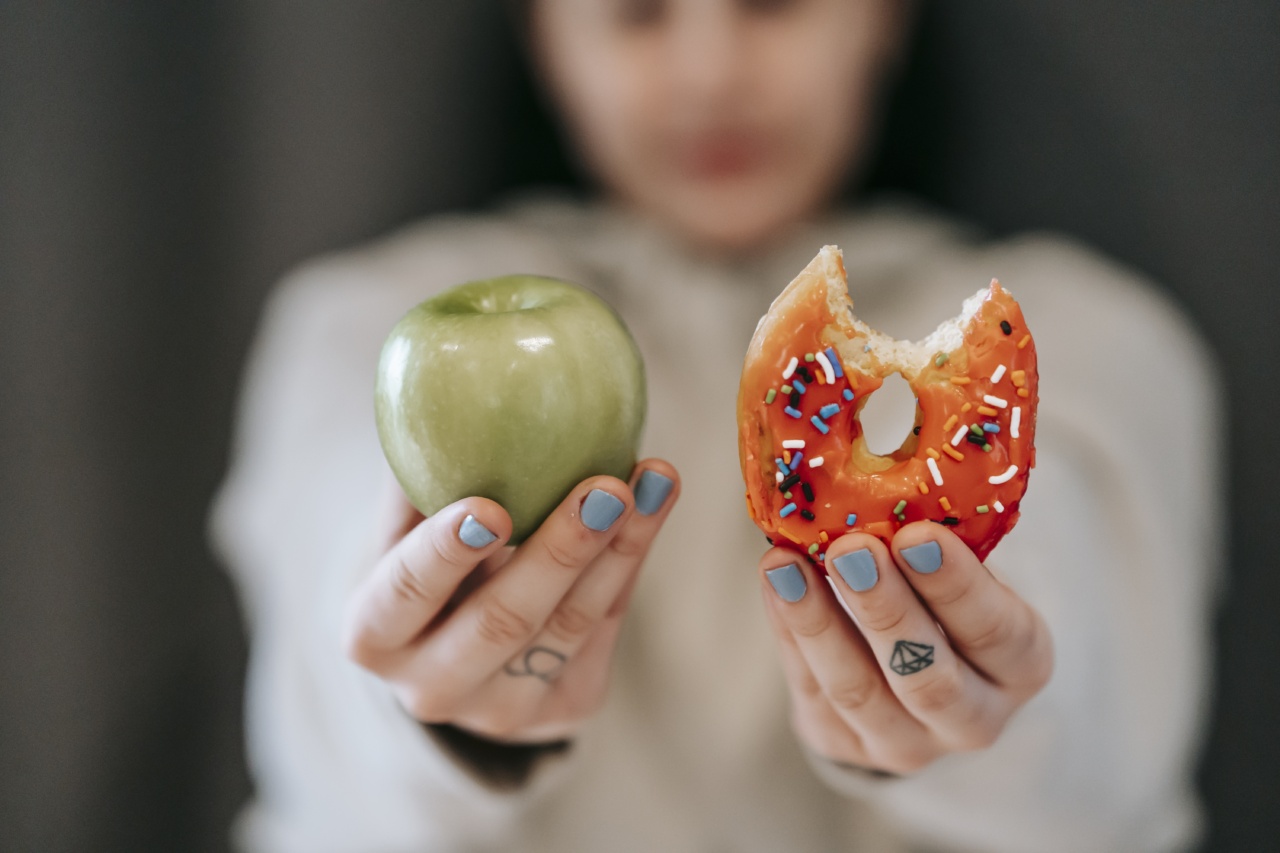We all know that consuming too much sugar is not good for our health. It can lead to weight gain, obesity, diabetes, and other health problems.
While we may be aware of the sugar content in obvious sources like sodas, candies, and desserts, there are many hidden sources of sugar in our favorite foods that we may not even realize.
The Sugar Trap: Understanding Hidden Sugars
Many processed foods that we consume regularly contain high amounts of added sugar. The problem is that food manufacturers often use various names for sugar, making it difficult for consumers to recognize them on ingredient labels.
A food item may not even taste sweet, but it can still have a significant amount of added sugar.
To make matters worse, food manufacturers often hide the sugar content by using different types of sweeteners, some of which are labeled as “natural” or “healthy.” As a result, even those who are conscious of their sugar intake may be unknowingly consuming excessive amounts of sugar.
The Sneaky Culprits: Foods with High Hidden Sugar
1. Yogurt: While yogurt may seem like a healthy choice, many flavored varieties are loaded with added sugars. Always check the label and opt for plain yogurt instead, adding fresh fruits for natural sweetness.
2. Granola Bars: Granola bars are often marketed as healthy snacks, but they can contain high amounts of added sugars, especially those with chocolate coatings or sweet glazes. Look for bars with lower sugar content or make your own at home.
3. Salad Dressings: Store-bought salad dressings can contain surprising amounts of added sugars. It’s better to make your own dressings using healthier ingredients like olive oil, vinegar, and herbs.
4. Tomato Sauce: Tomato sauce used in pasta dishes or pizza toppings can be a hidden source of sugar. Always read the labels and choose brands with no added sugars or make your own sauce using fresh tomatoes.
5. Cereal: Many breakfast cereals targeted towards children are loaded with added sugars. Choose cereals with whole grains and no added sugars, and add fresh fruits for sweetness.
6. Condiments: Ketchup, barbecue sauce, and other condiments can contain high amounts of added sugars. Opt for homemade versions using minimal or no sugar, or choose low-sugar alternatives.
7. Flavored Coffee Drinks: Those fancy flavored coffees from popular coffee chains can have staggering amounts of added sugars. Stick to plain coffee or opt for unsweetened alternatives.
8. Energy Drinks: Energy drinks may provide a quick boost, but they often come with excessive amounts of added sugars. Look for healthier alternatives or stick to water and natural sources of energy.
9. Smoothies: While homemade smoothies using fresh fruits can be healthy, many store-bought versions are loaded with added sugars in the form of syrups, sweetened yogurts, or fruit concentrates. Make your own smoothies to control the sugar content.
10. Bread: Most commercially baked bread contains added sugars to enhance the flavor. Look for bread labeled “no added sugars” or try making your own bread at home using healthier ingredients.
How to Identify Hidden Sugars
Reading food labels is crucial in uncovering hidden sugars. However, it’s important to know the various names for sugar that manufacturers use. Some common names for hidden sugars include:.
– Sucrose
– High-fructose corn syrup
– Dextrose
– Fruit juice concentrate
– Molasses
– Cane sugar
– Coconut sugar
– Agave nectar
– Honey
– Maple syrup.
By familiarizing yourself with these names, you can become more aware of the hidden sugars in your favorite foods and make healthier choices.
Tips for Reducing Hidden Sugar Intake
1. Choose Whole Foods: Opt for whole foods like fruits, vegetables, whole grains, and lean proteins that are naturally low in added sugars.
2. Cook from Scratch: Prepare meals and snacks at home using fresh ingredients, so you can have control over the sugar content.
3. Check Labels: Read ingredient labels carefully and choose products with little or no added sugars.
4. Avoid Processed Foods: Processed foods like packaged snacks, frozen meals, and sugary beverages often contain high amounts of hidden sugars. Minimize your consumption of these items.
5. Be Mindful of Portions: Even if a food item doesn’t contain added sugars, consuming large portions can still contribute to an overall high sugar intake.
6. Use Natural Sweeteners: If you want to add sweetness to your food or beverages, opt for natural sweeteners like stevia, monk fruit, or small amounts of honey or maple syrup.
7. Educate Yourself: Stay informed about hidden sugars and make conscious choices when it comes to your diet. Cookbooks, nutrition websites, and professional guidance can help expand your knowledge.
Conclusion
Uncovering the hidden sugars in our favorite foods is essential for maintaining a healthy diet. By being aware of the various names for hidden sugars and reading food labels, we can make informed choices and reduce our sugar intake.
Opting for whole foods, cooking from scratch, and using natural sweeteners are effective strategies for avoiding hidden sugars and improving overall well-being.




























